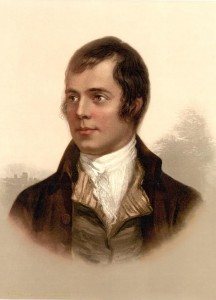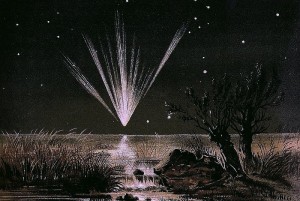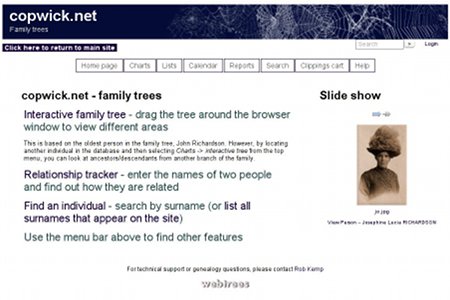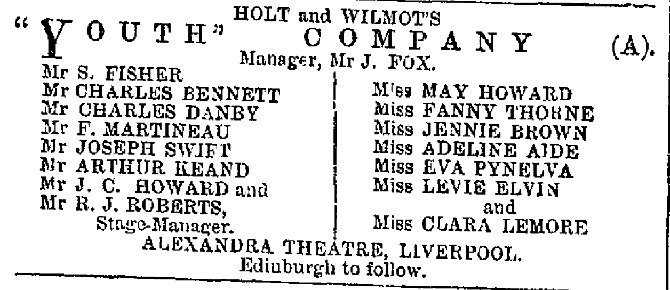
The following anecdote was told to Hugh Richardson by his aunt Beta in the 1940s. Hugh writes:
‘When I was about 12 or 13, my aunt Beta told me a story about a true experience she had in the early days of the Great War, and she had me in stitches. I fell about laughing, but I realise now that a lot of that was because of the way she told the story.
‘At the end of her story, I said “You must write it down, it’s so funny” and unbeknownst to me, she evidently did that, because only in the last year sometime I came across her brief scribbled note, which I have transcribed into type.’
Beta was vague about where these events took place, but noted that the hotel in question was in Devon and was named after a famous Victorian writer – the Charles Kingsley Hotel. Surprisingly enough, a likely location was quite easy to find: a pub, in a town called Northam, now known as the Kingsley Inn. The few details Beta gives about the location seem to match the Kingsley Inn’s location. Now read on …
I was strolling up the sloping High Street of a small town in the South of England (Devon) on a cold winter’s day, when I noticed a woman chasing a man down the street. She caught him and took something out of his hand. When she returned to where I was standing, she showed me a till containing money which the man, having taking ways, had snatched from the bar of her hotel. Continue reading An Australian’s account of a fire at the Charles Kingsley Hotel, ………. Devon during the Great War








